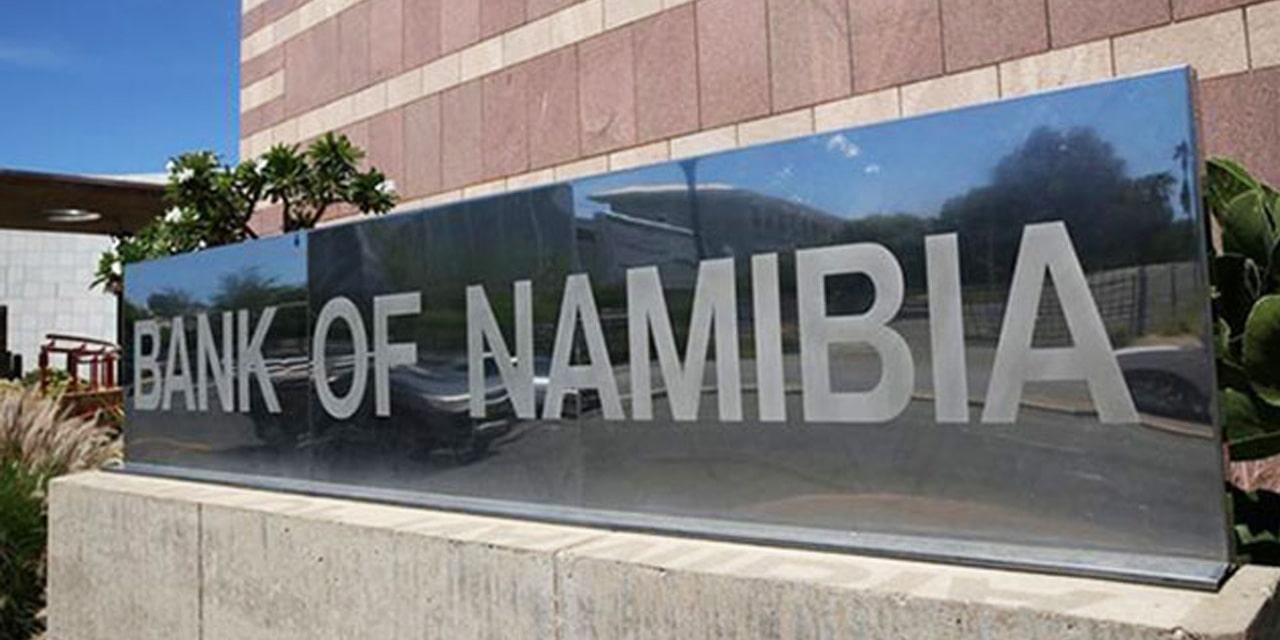Martin Endjala
Based on its recent report analysis of current monetary policy trends, Simonis Storm Securities has projected that Namibia will likely implement its initial repo rate reduction in the latter half of 2024.
“We foresee this adjustment to be a modest decrease of 25 basis points, which is indicative of a shifting monetary landscape towards a more accommodative stance. This move corresponds with our forecasts of a gradually stabilising economic environment, as reflected in various key economic indicators,” read the report.
The report comes after the Monetary Policy Committee of the Bank of Namibia after its final meeting of the year, decided to maintain the current repo rate at 7.75 percent.
The decision mirrors the actions of the South African Reserve Bank (SARB), which elected to keep its repo rate at 8.25 percent and the prime rate at 11.75 percent.
As 2023 draws to a close, the report highlighted the importance of acknowledging that both the SARB and the Bank of Namibia have completed their scheduled meetings for the year. On a global scale, the Federal Reserve is poised to conclude its final meeting on 13 December 2023.
The Simonis Storm report says that the current market expectations, coupled with remarks from Federal Reserve Chair Jerome Powell, lean towards a more dovish approach, hinting at a potential halt to the United States’ interest rate hiking cycle.
Such a shift in the U.S. monetary policy is said to be commonly linked to a depreciation in the U.S. Dollar which could be advantageous for the South African Rand.
Meanwhile, many central banks worldwide, which are under significant observation, have chosen to keep their current policy rates unchanged in their latest monetary policy meetings.
This decision is partly influenced by the trend of reducing inflationary pressures and decelerating economic growth. Generally, the current global policy rates continue to show a restrictive tendency, suggesting that they might have peaked.
Despite this recent increase, Simonis’s storm projection remains that the average inflation rate for the entire year of 2023 will decelerate to 5.9 percent.
Similarly, BoN has forecasted a gradual reduction in the average inflation rate, estimating it to settle at 5.9 percent in 2023 and further decline to 4.8 percent in 2024. This forecast signifies a downward adjustment from the 6.1 percent inflation rate experienced in 2022.
The central bank’s outlook is cautiously optimistic, anticipating a stabilisation and subsequent moderation of inflationary pressures within the mentioned period.




